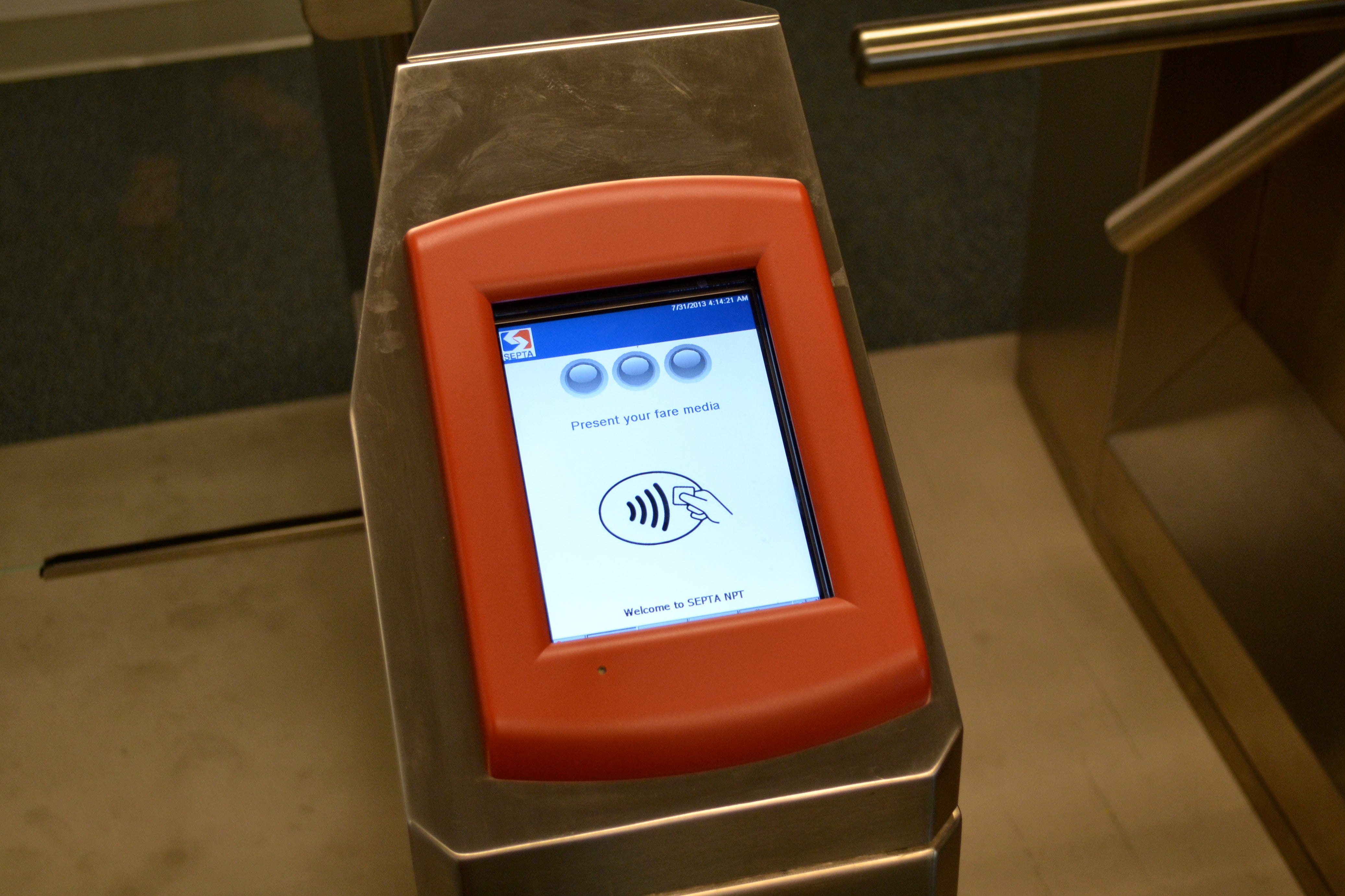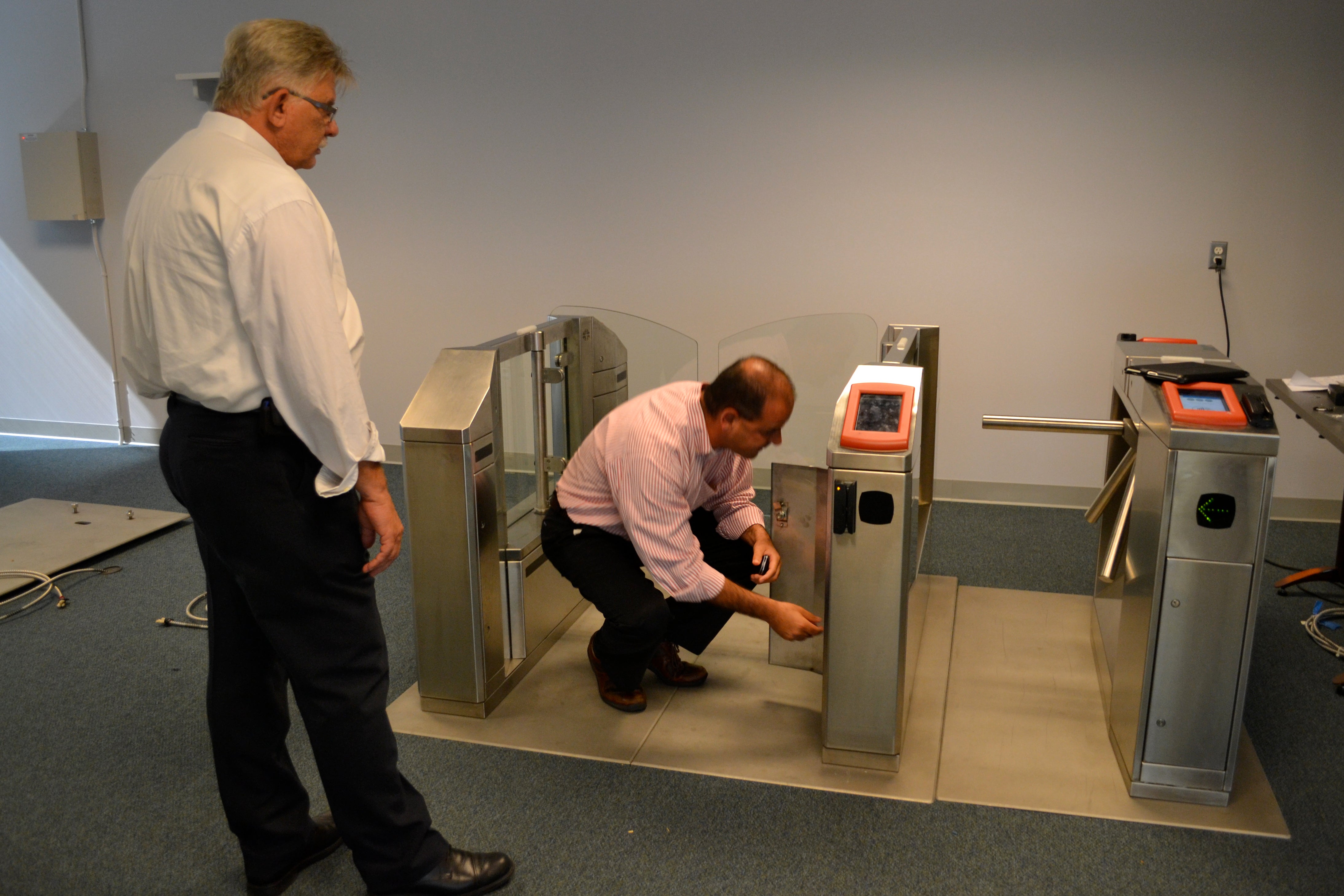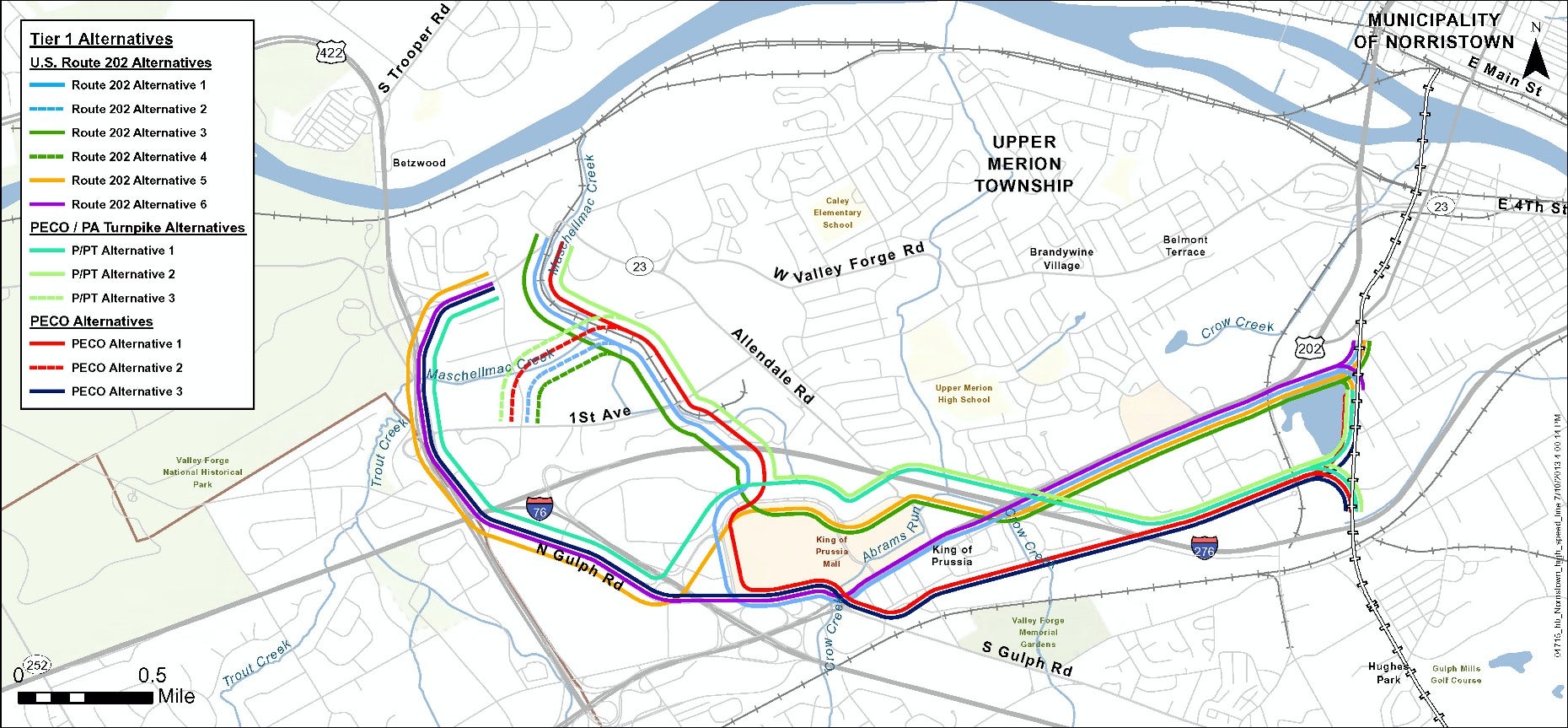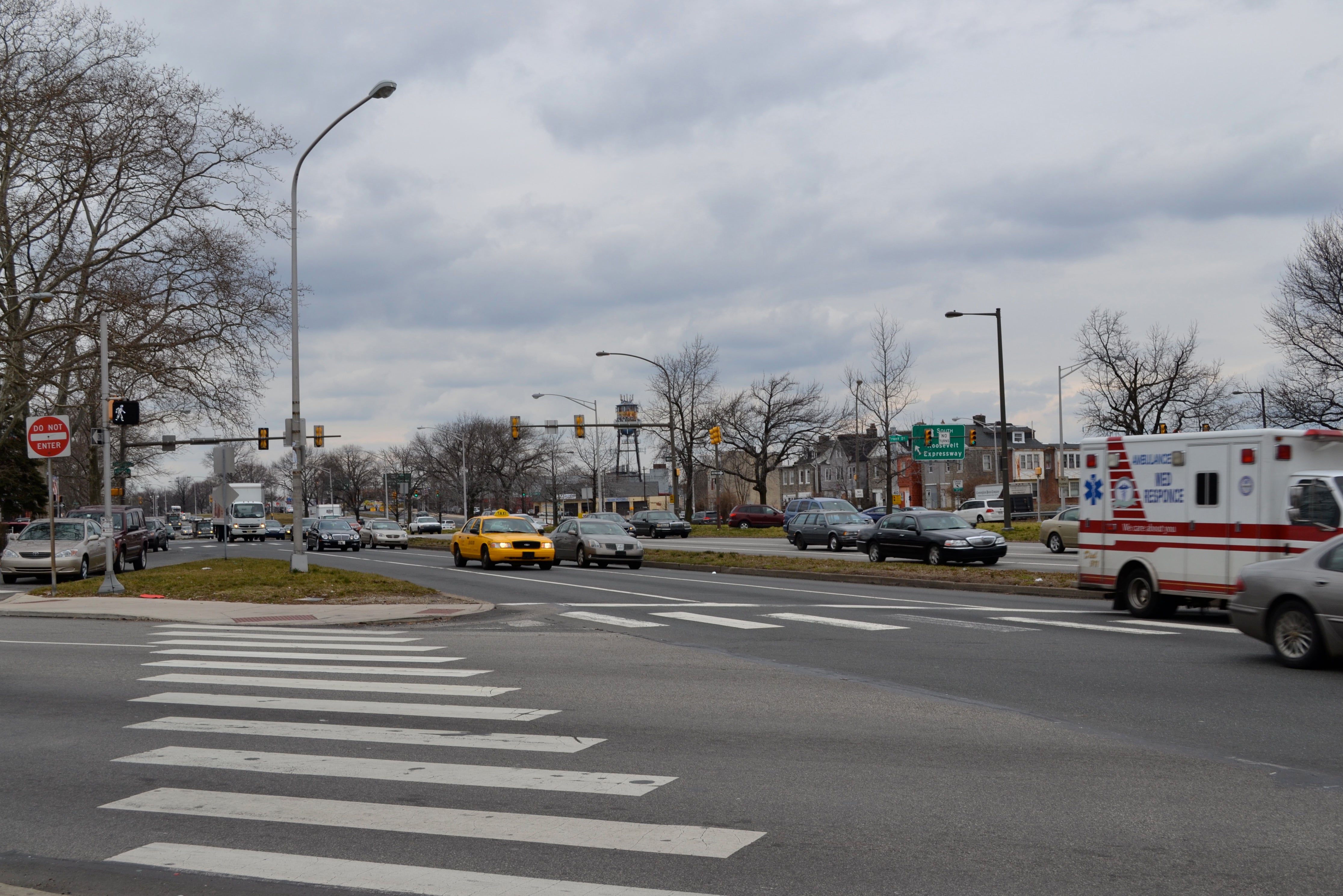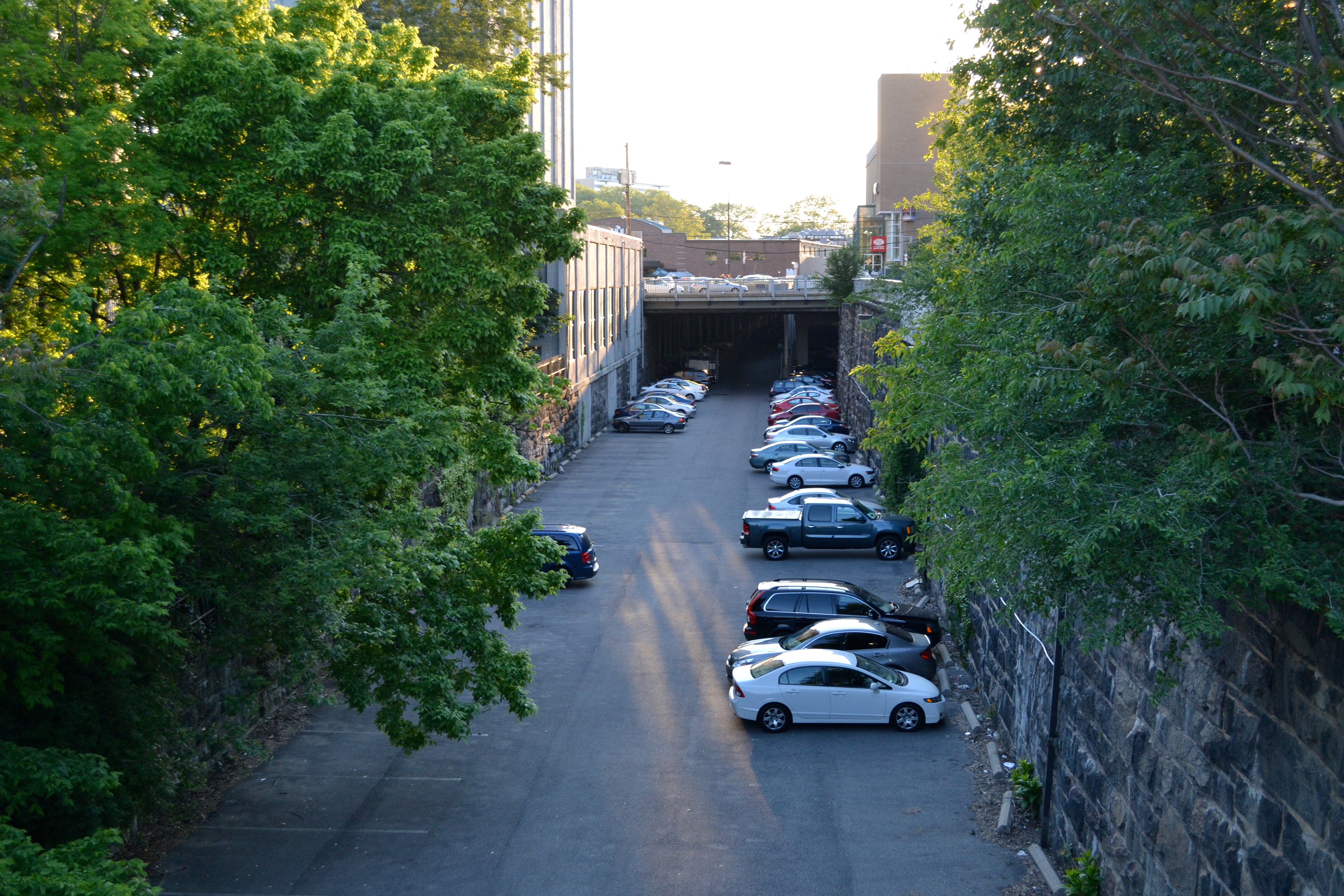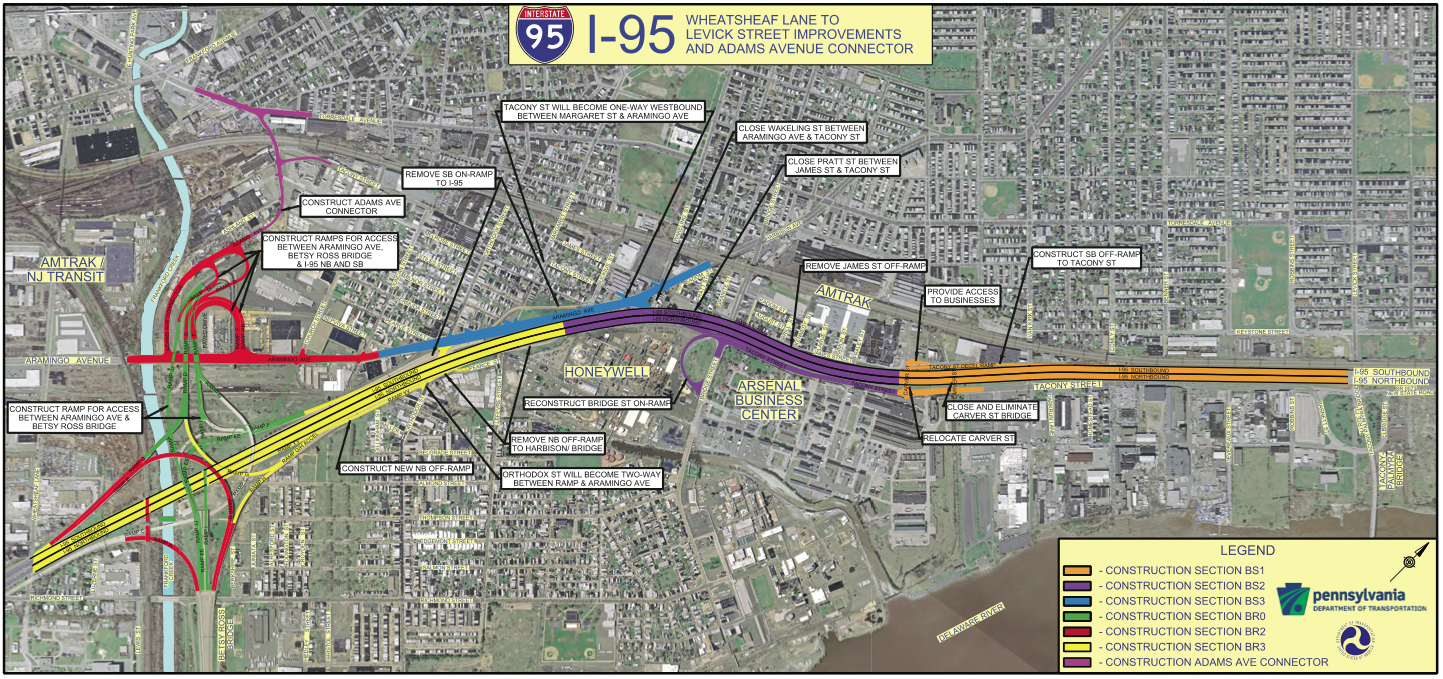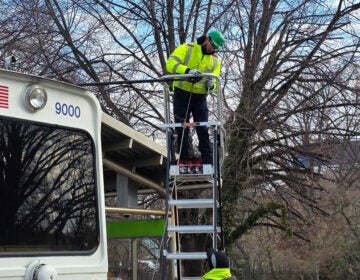Why getting around Philly kept getting better in 2013

SEPTA’s funding predicament
SEPTA’s financial woes fit neatly into 2013. In January, we started the year with news that SEPTA would shrink without additional funding. SEPTA officials explained that with a $303 million capital budget and a $4.7 billion backlog of upkeep or “state of good repair” projects, SEPTA simply could not meet the demands of its aging infrastructure, much of which was inherited from legacy transit agencies.
SEPTA hoped the state legislature would come through with additional funding, but in June without word from the state, SEPTA passed a one-month capital budget. Still waiting in July, SEPTA passed a six-month capital and operating budgets. While all of this was happening, SEPTA closed the Norristown High Speed Line for repairs and cautioned that the repairs were only temporary. More work and more funding would be needed. By mid-September, SEPTA released a “service realignment plan,” which showed that if additional funding was not secured, up to nine regional rail lines would be severed.
Finally in late November, the state passed a $2.3 billion transportation funding package, approximately $340 million of which is earmarked for public transit, and SEPTA is expected to get about 69 percent of the transit funding. Just like that the year and SEPTA’s budget woes seemed to wrap up together. The beginning of the year brought increased attention to the funding shortages, and while SEPTA has a lot of work ahead, the end of year brought the “game changer” state transportation budget.
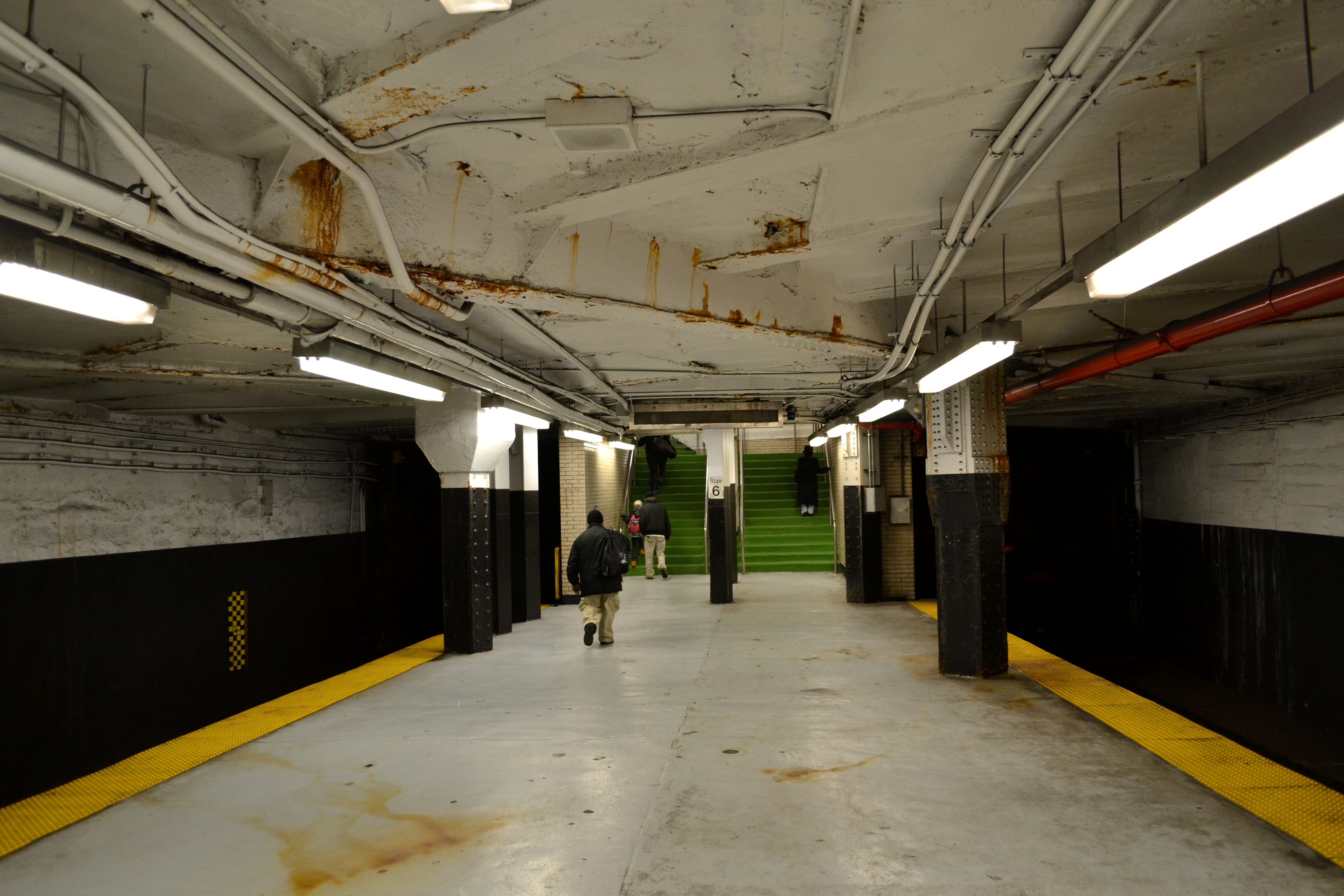
New Payment Technology on its way
This time next year tokens might be a thing of the past. This year SEPTA got to work building its New Payment Technology (NPT) system, a long overdue, modernized payment system that will allow passengers to pay with smartcards and NFC chip-equipped devices including some cellphones.
At the moment SEPTA is doing a lot of the backend, behind the scenes work and answering initial questions. In August, PlanPhilly toured SEPTA’s NPT test room and got a peek at some of the equipment. Since then a few test pieces have been installed at turnstiles and platforms throughout the system. By the summer of 2014, SEPTA plans to have NPT up and running on buses, trolleys and subways. The transition to NPT on regional rail will be a longer process, but it could begin in the fall of 2014.
Philly’s Complete Streets Policy now enforceable
Across the country cities are becoming more aware of the importance of “complete streets,” transit arteries that are planned with the safety and convenience of all users in mind. Philly set its complete street policy in motion years ago when Mayor Nutter issued his 2009 Complete Streets Executive Order, but it was not until 2013 that the city’s official complete streets policy became enforceable.
This fall, after a long process, which included the executive order, City Council adopting complete streets legislation and the production of a Complete Streets Design Handbook, the final piece was put in place. The Philadelphia City Planning Commission (PCPC) and the Streets Department – the two agencies which will enforce the complete streets policy – approved the policy and its handbook. Now projects that meet a certain design threshold will need to show that they took the complete streets policy recommendations into consideration and explain their reasoning if they decide to go against any recommendations.
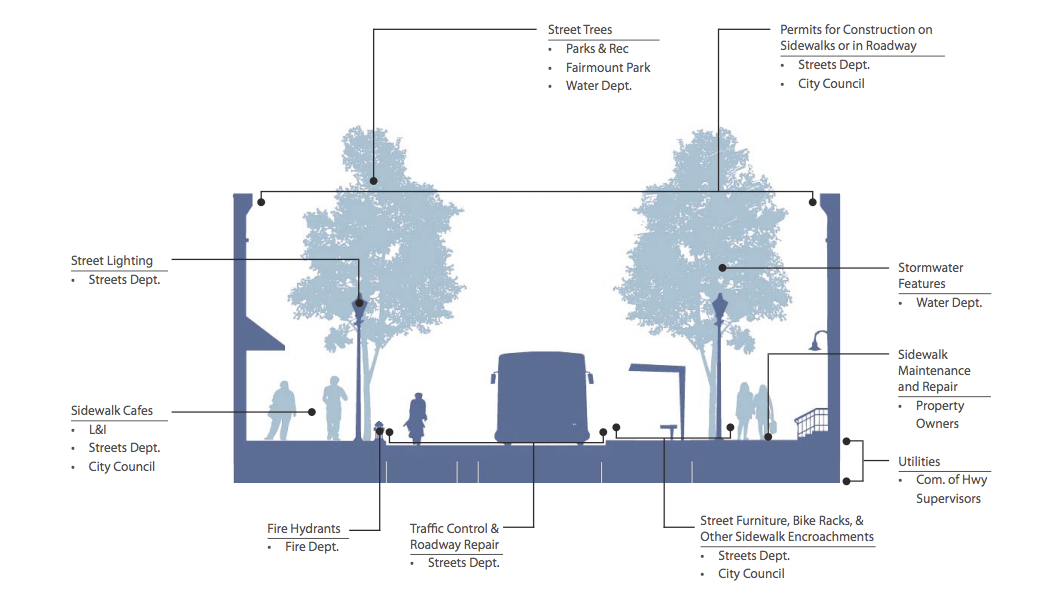
Talk of expansion
This year a great deal of attention was paid to the threat of Philadelphia’s transportation network shrinking, but a few transit expansion projects generated some buzz as well. First, there was the King of Prussia (KOP) rail line. SEPTA is beginning a very long process to plan a KOP rail extension from the Norristown High Speed Line to King of Prussia attractions, including the mall which sees 68,000 daily visitors. That route could take one of 12 paths.
In February, the Delaware Valley Regional Planning Commission (DVRPC) announced that a heavy rail transit option for The Boulevard is too expensive and that DVRPC would begin to look at more affordable, mass transit options. Then, in the summer, we asked what will become of the City Branch – the old rail infrastructure that runs below grade but open to the sky from Broad Street to 27th Street. While some want to turn the channel into a linear park, SEPTA owns the property and said it would be foolish to give the infrastructure away for use as a park before the authority analyzed a mass transit use. PCPC agreed to consider a park use, but PCPC’s position is that the primary use of the cut should be transportation.
I-95’s route through Bridesburg
Another expansion project that got lots of attention was the plan for I-95’s growth through the Bridesburg neighborhood. PennDOT has undertaken a long-term project to rebuild its portion of I-95. The project, which runs through Philadelphia, includes widening the interstate to four travel lanes and changing the locations of some on and off ramps.
When PennDOT held an informational meeting to share preliminary designs with the Bridesburg community, neighbors were quick to voice concern and feedback. Many meeting attendees were concerned about plans to build a northbound off-ramp to Aramingo Avenue at Orthodox Street and feared that doing so may lead to increased truck traffic. Residents also expressed concern about plans to widen Aramingo Avenue and how the project will impact Richmond Street.
A representative overseeing construction said that while the plans may be tweaked slightly, they will not be scrapped. The project is now in the final design and right-of-way acquisition phase. Construction is expected in 2015, and it is scheduled to be complete in 2017.
WHYY is your source for fact-based, in-depth journalism and information. As a nonprofit organization, we rely on financial support from readers like you. Please give today.



